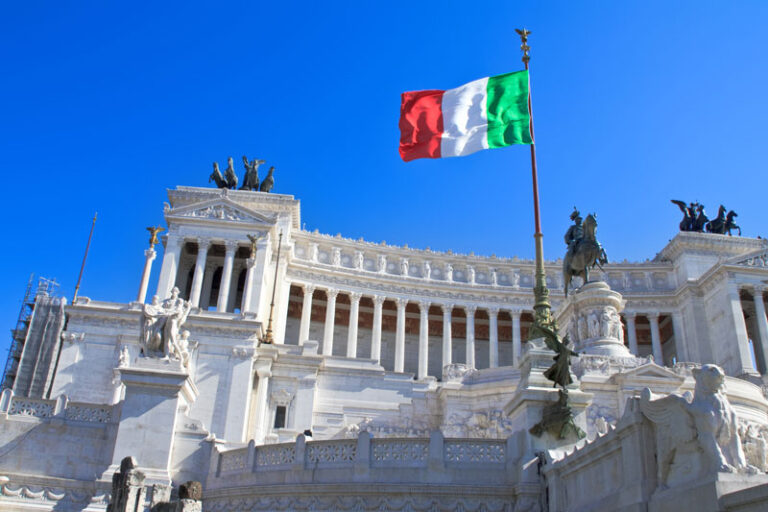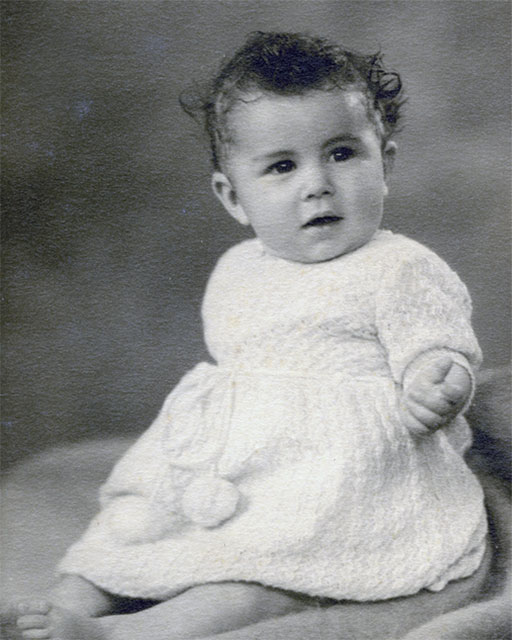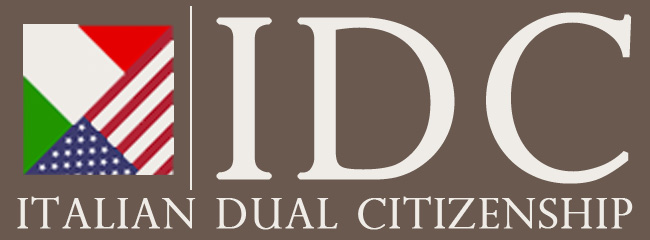
The Italian government passed a new decree-law regarding citizenship by marriage or jure matrimonii on October 21, 2020. It stipulates that the maximum processing time for becoming a citizen through marriage is 36 months or 3 years. It was only two years before, on October 4, 2018, that the government had issued the prior decree-law. Back then, the maximum processing time was 48 months or 4 years.
The old decree-law was converted into law on December 1, 2018. But it did far more than set the time at 48 months. In addition, it established that as a potential citizen, you would require the knowledge of the Italian language at a specific level. At the time, that limit was set to be at least B1. This level is classified as intermediate by the Common European Framework of Reference for Languages or CEFR.
Who Certifies the Level of Language Knowledge?
Right now, there are exactly 4 official bodies in Italy that fall under a unified certification system. This system has been in power since February 6, 2013, and we know it as the Italian Quality Language Certification or CLIQ. The 4 bodies in question are as follows:
- The Roma Tre University
- The University for foreigners of Perugia
- The University for foreigners of Siena
- The Dante Alighieri Society
Language Knowledge Requirement and the New Decree-Law
It’s important to know that the new decree-law merely reduces the time you would need to process an application for citizenship. We should note that the shorter processing time also applies to other types of acquisitions, including citizenship by residency. However, the B1 language requirement will remain the same. In addition, this new decree-law will only apply to those applications which you filed after the decree becomes converted into law. Anything submitted before that will undergo processing under the previous law’s regulations.
The Difference Between a Law and a Decree-Law
In Italy, the government can issue a decree-law to regulate certain urgent matters. The legislator (in this case, the Italian parliament) can then convert it into law if it proves effective. However, if they don’t convert it within 60 days after it was issued, the decree-law becomes invalid. When that happens, the government simply enforces the old law which they issued before the decree-law took effect.
What Do I Need to Apply for Italian Citizenship by Marriage?
Now that you have a basic idea of how Italian law-issuing works, let’s get into the meat of the issue. In order to acquire citizenship by marriage, you will need to follow the procedure below.
First off, do you reside in Italy with your spouse? If so, the non-native partner can apply for citizenship once 2 years pass from the original date of marriage. However, if you two have underage children, you can apply after just one year.
But what about living abroad? In that case, the non-native partner can apply after 3 years, and once again that number is cut in half if you two have an underage child.
If you happen to live in a same-sex civil union, the same rules apply. Same-sex unions are officially recognized by Italian law, and from 2016 onwards any LGBT couple could apply for citizenship following the guidelines below.
Let’s get back to couples who reside abroad. According to law, each Italian spouse needs to be registered with the AIRE. In addition, they have to go to a local consulate and register the marriage record.
Finally, the non-native spouse must provide a certificate that they don’t have a criminal record. A local Italian municipality will go over these records, which might take some time. In addition, the spouse must pass the proper B1 language test.
List of Documents That You and Your Spouse Need
Listed below are all of the documents that your marriage unit needs in order to acquire Italian citizenship by marriage. Unless noted otherwise, all of these should be certified copies and not the original documents.
- A copy of your marriage certificate; it should be recorded at the proper Italian municipality (in addition, the Italian spouse must be registered with AIRE in that municipality)
- A copy of the non-Italian partner’s birth certificate; you will need to legalize it and get a proper Italian translation for it
- Criminal records issued by the proper legal body; once again, you should get them legalized and translated
- A certificate of Italian language (B1 or higher)
- Proof of payment in the amount of €250 (about $305 USD)
In terms of legalization and translation, the requirements will vary depending on what country the documents were issued in. Moreover, the criminal record checks should come from the non-native spouse’s place of residence where they lived since they were 14.
Where Do I File the Application?
Now that you have all of the necessary documents with you, proceed with the following steps.
Step #1: Upload the Documents
The non-native spouse ought to visit the official online portal of the Italian Ministry of the Interior. Once there, they can make an account and upload all of the documents they need for the acquisition process to begin.
Step #2: Where Do You Reside?
This step will depend on where you and your spouse reside. If you live abroad, then the proper Italian consulate should contact the non-native partner promptly. The partner will then have to submit the original copies of all the necessary documents.
However, if you happen to reside in Italy, the procedure is a bit different. You will have to pay a visit to the local prefecture and submit the original documents there.
Step #3: The Processing Period
The processing period is by far the longest of these four steps. When you and your partner submit the documents, you will have to wait anywhere up to 36 months for the Ministry of the Interior to process them.
However, waiting is not the worst part of this step. Anything can happen during those 36 months that can dissolve your civil union. Some of the most common reasons for dissolution are listed below:
- You and your partner have a divorce or an official separation
- The native Italian spouse passes away before the end of the process
- The native Italian spouse leaves the country permanently
- There’s no official communication between you and the consulate
Any of these events can lead to the same result, i.e. the non-native partner has to leave Italy. So, in order to avoid any of that happening, make sure to keep the consulate informed about any and all changes.
Step #4: The Ceremony
The last step involves a so-called ceremony. When the non-Italian partner gets their citizenship, the consulate will schedule the ceremony within the next 6 months. Both of you will have to attend this ceremony. Once you’re there, the native partner will have to sign a special affidavit. This action is to confirm that the marriage is still valid, i.e. that no divorce, separation, or annulment has taken place.
Final Thoughts
With the new decree-law in place, you will be able to get Italian citizenship within three years. Hopefully, this article has helped you figure out how you can prepare for the acquisition in advance. If you have any further questions, don’t hesitate to give us a call.





